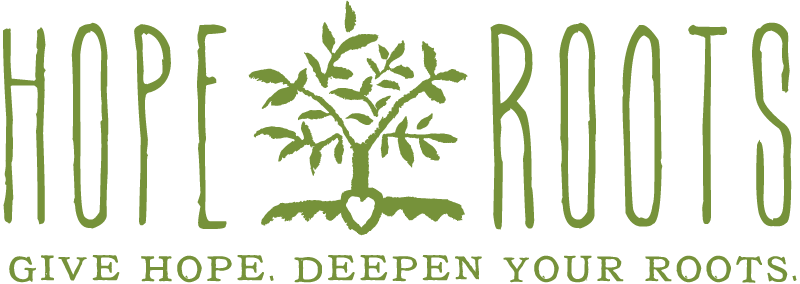Our go-to resources for clients who are learning mindfulness and grounding skills in preparation for trauma therapy or have begun their trauma work and are ready to listen more to their bodies and practice calm awareness. These tools are ideal for anyone who deals with stress (so, everyone).
Count Your Breathing with a Ratio
There are many great breathing exercises, but my favorite go-to for grounding with the breath is inhaling for 4 counts, then exhaling for 4 counts; then inhaling for 5 counts, and exhaling for 5 counts. Continue adding a count until you get up to inhaling for a count of 8 and exhaling for a count of 8 (4:4,5:5,6:6,7:7,8:8). The great thing about this one is that you can do it anywhere. No one will know you are counting in your head and your breaths don’t have to be particularly deep. The practice of making the exhale the same length as the inhale and then lengthening the breaths will usually bring calm. The added cognitive effort of counting is helpful too and requires you to bring other parts of your brain online that may have been stuck in a stress/survival mode. There are other breathing exercises that involve counting, or ratio breathing. Often there are three numbers, with the middle number being how many counts to hold your breath in between the inhale and the exhale. A common ratio is 4:7:8, but there are many combinations. I typically avoid cueing breath retention when working with trauma survivors but feel free to explore how your system responds to different ratios.
Count Colors & Find your Senses
When a client in my office needs help feeling more present the first thing I typically say is, “How many shades of green can you count in this room?” (Hint: it’s a ridiculous amount due to all the plants). As they begin to look around and count, they usually feel calmer and more present in just a few seconds. Sometimes they laugh and say, “That is really a lot of greens!”. You can build onto this tool by then noticing what you can touch or hear. One way to incorporate both counting and noticing present safety (Note: every one of your senses can work as an alarm for your nervous system) is with a 5-4-3-2-1 grounding exercise. Find 5 things you can see, then 4 things you can touch, 3 things you can hear, 2 things you can smell, and 1 thing you can touch. If you can’t remember which number goes with each sense just start with looking or feeling around you for anything interesting then check in with all of your senses.
Find the Ground
Okay, the most obvious “grounding” tool is simply to notice the ground beneath you. Notice every part of you that is connected to the ground (sofa, yoga mat, sidewalk, car seat, floor) beneath you. If your feet are on the ground, wiggle your toes and notice all of the parts of your feet that are touching the floor… roll forward onto the balls of your feet or back onto your heels. What feels calm or peaceful about being where you are right now? If you are sitting or lying down, notice every part of you that can touch what is beneath you. Imagine that your body is like a sandbag and move slightly, imagining how the sand shifts. What is good about being present here at this moment?
The Wheel of Awareness from Dr. Dan Siegel
https://drdansiegel.com/wheel-of-awareness/
Dr. Dan Siegel has spent years researching and helping clients using mindfulness practices and integration. The Wheel of Awareness is a practice that helps us train our brains to shift awareness, notice what is happening in and around us with mindful awareness, and ultimately find solace in pulling away from all that we can be aware of by being in the “Hub”. The link above contains Dr. Siegel’s diagram showing the “Wheel of Awareness” followed by several links to guided audio meditations and teachings about the Wheel. If you have time, try the full 30-minute version or the basic 20-minute version. If not, try the consolidated 7-minute version. Disclaimer: Mindfulness is hard. It’s supposed to be challenging. It gets easier the more you practice it (like most things). So, go easy on yourself and make a plan to try it again soon. Trauma warning: The longer versions of the Wheel cue the listener to notice the body in very detailed ways (organs, specific areas of the body). This very-detailed level of body awareness can be triggering for some individuals. If you find that’s true for you, feel free to skip the “cues to notice” that are triggering and explore those triggers in individual therapy when you are ready.


